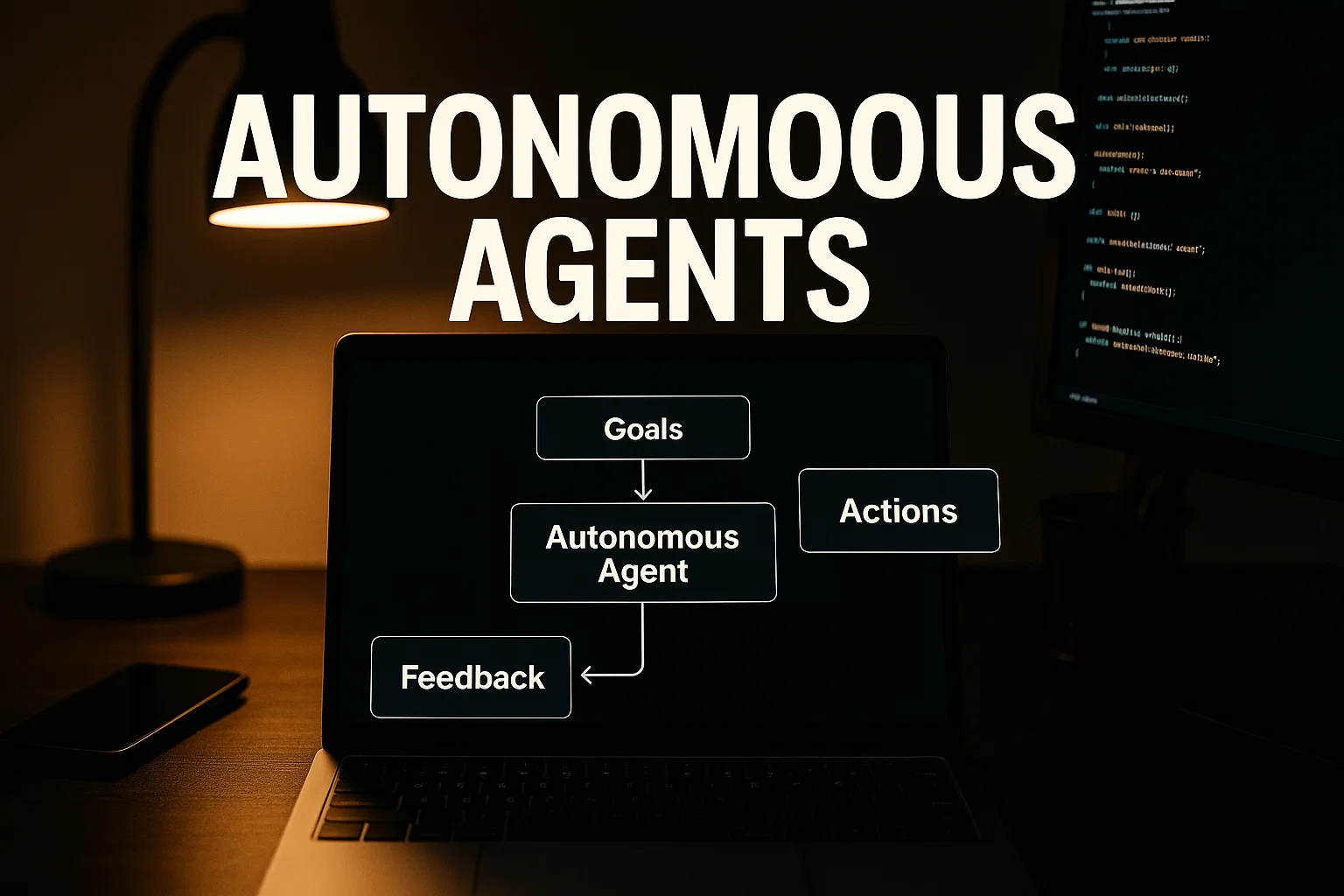Claude Sonnet 4.5 is an AI-assisted sonnet tool that boosts writing speed and quality with tuned prompts and safety checks, so you can produce SEO-ready poetic content quickly, while keeping creativity and compliance intact.
Introduction
Claude Sonnet 4.5 is the exact tool we're breaking down here, and this post is informational with practical, how-to value. You’ll get clear steps, copy-ready prompts, and fixes for on-page issues like low CTR titles and weak meta descriptions. If you want better output from an AI poetry model, or to publish sonnets that rank and convert, you’re in the right place.
Early on I’ll link best practices with prompt engineering and content SEO, and I’ll show you examples you can copy and paste. I’ve used similar models to speed drafting, and in my experience a few targeted prompts save hours, so you can focus on creativity and distribution.
What Claude Sonnet 4.5 is and why it matters
Claude Sonnet 4.5 refers to a tuned AI workflow for generating sonnet-style poetry, combining model prompts, safety filters, and output templates. It matters because it bridges two needs: creative output and practical usability for publishing, SEO, or productization.
How it works, simply
The core flow is prompt, generate, filter, refine. You give the model a seed (theme, tone, meter), it returns drafts, you apply simple filters for length, rhyme, and safety, then re-prompt for revisions.
Background and context
AI-generated poetry peaked as a novelty, then became useful for content teams who need short, emotive pieces for social, newsletters, or creative campaigns. The "4.5" tag implies a refinement step — tuned prompts, better safety heuristics, and output templates that reduce manual editing.
Why it matters for you
If you publish creative content, you want output that is readable, shareable, and discoverable. Claude Sonnet 4.5 streamlines the craft so you spend less time fixing meter or metadata, and more time promoting. It’s also valuable for developers building writing assistants, educators using AI for prompts, and marketers that need short form creative assets.
Key benefits: faster drafts, repeatable quality, SEO-friendly structure, compliance controls.
How to use Claude Sonnet 4.5 — practical, step-by-step
Below is a repeatable workflow you can use. Follow these numbered steps to generate, refine, and publish sonnets that perform.
- Define the brief. Pick theme, tone, rhyme scheme, and target audience. Example: “dramatic, modern sonnet for social share, ABAB CDCD EFEF GG.”
- Seed the prompt. Use a strong opening prompt that includes SEO intent, desired keywords, and length constraints.
- Generate draft. Run the model with temperature tuned for creativity, low for form fidelity.
- Filter and check. Run safety and grammar filters, check for meter, and trim lines for clarity.
- Iterate and refine. Re-prompt for stronger lines, replace weak metaphors, and set final output for HTML-ready content.
- Prepare metadata. Craft a CTR-optimized title and meta description that uses your target keyword and an enticing benefit.
Best practices, tools, and quick install tips
Use these practices to keep output useful, safe, and SEO-ready.
Best practices
- Keep prompts explicit about structure, rhyme and SEO phrase.
- Validate output with a grammar and meter check.
- Always run a safety filter, and manually approve public releases.
Recommended tools
- Tool: Local linting script — Pros: fast, offline checks, customizable, Cons: needs setup.
- Install/start tip: clone repo, run
python lint_sonnet.py. - Tool: Prompt manager (SaaS) — Pros: version control for prompts, collaboration, Cons: subscription cost.
- Install/start tip: sign up, import your prompt templates, test in sandbox.
- Tool: SEO plugin or CMS integration — Pros: quick meta editing, preview SERP, Cons: plugin updates.
- Install/start tip: enable snippet preview, add focus keyword and meta fields before publish.
One-line tips: Use clear intent in prompts, pair the model with a human in the loop, and keep a template library.
Challenges, legal and ethical considerations, troubleshooting
Using AI for creative content has caveats. You need to handle authorship clarity, safety, and potential hallucination.
Common challenges
- Hallucinations: AI adds facts that don’t exist, avoid making factual claims in sonnets.
- Tone drift: Model changes tone between stanzas, use re-prompting.
- Copyright concerns: If you seed with copyrighted text, the output might mirror it.
Compliance checklist
- Ensure outputs do not include personal data, sensitive details, or disallowed content.
- Run automated safety checks for hate speech, personal info, and defamation.
- Document prompt and model version for traceability.
- Keep user consent and privacy notices where applicable.
Troubleshooting tips
- If rhyme or meter is off, lower creativity temperature and re-prompt for structure.
- If titles have low CTR, test 3 variants with action words and measure CTR after 1–2 publishes.
- If meta descriptions truncate, keep them between recommended lengths and place key phrase early.
Alternatives: human-only editing, hybrid generation then human polishing, or using other creative writing models if you need different voice.
AI guidelines emphasize helpful, original content, and recommend clear user intent in prompts for best results. (Google)
Quality content is judged on expertise, readability, and authority, so pair AI output with human review. (Moz)
Conclusion and CTA
Claude Sonnet 4.5 can move you from idea to publishable sonnet faster, while keeping quality, SEO, and compliance in mind. Use the prompts, the checklist, and pick tools that fit your workflow. Bold wins come from clear prompts, human review, and metadata that converts.
Welcome to Alamcer, a tech-focused platform created to share practical knowledge, free resources, and bot templates. Our goal is to make technology simple, accessible, and useful for everyone. Provide free knowledge articles and guides in technology. Offer ready-to-use bot templates for automation and productivity. Deliver insights to help developers, freelancers, and businesses. Custom development services for bots and websites, on request.
FAQs
What is claude sonnet 4.5?
Claude Sonnet 4.5 is a tuned AI sonnet workflow for generating structured poetic content, combining targeted prompts, safety filters, and output templates to produce publishable sonnets quickly.
How do I start using Claude Sonnet 4.5 for my blog?
Start with a clear brief: theme, tone, rhyme scheme, and SEO phrase. Use the sample prompt in this article, generate drafts, run safety and grammar checks, then refine lines before publishing.
Can AI sonnets rank in search engines?
Yes, AI sonnets can rank when they meet intent, readability, and originality standards, and when you optimize titles, meta descriptions, and internal linking.
Is there a copyright risk with AI-generated sonnets?
There can be, especially if you feed copyrighted text into prompts. Avoid copying long copyrighted passages into prompts and always run similarity checks if concerned.
How do I improve CTR for sonnet posts?
Use a benefit-led title, include the target phrase near the start of meta, and test 2-3 variants. Use social snippets and clear descriptions for sharing to lift CTR.
What safety checks should I run?
Check for hate speech, personal data leaks, defamation, and inaccurate factual claims. Use an automated filter and human review before publishing.
Which tools integrate best with Claude Sonnet 4.5?
Prompt managers, local linting scripts, and SEO CMS plugins pair well; choose tools that support templates, versioning, and snippet previews.
How often should I re-prompt during editing?
Re-prompt until you have stable tone and meter; typically 1–3 iterations for short sonnets, more if you change theme or voice.
Can I automate publishing from generated sonnets?
Yes, but add a human approval step. Automate metadata insertion and schedule publishing via your CMS API for efficiency.
Who should I contact for custom integration or templates?
For custom development, bot templates, or integration help, reach out to Alamcer for development services and ready-to-use automation templates.
Compliance and disclaimer
This post provides general information, not legal advice. Ensure you follow privacy laws, terms of service, and data protection rules such as applicable privacy regulations. Consult a professional for legal concerns.
Bold key takeaways
- Use explicit prompts for structure and SEO.
- Always run safety filters and human review.
- Test multiple titles and meta to improve CTR.
- Keep a template library to scale high-quality output.



